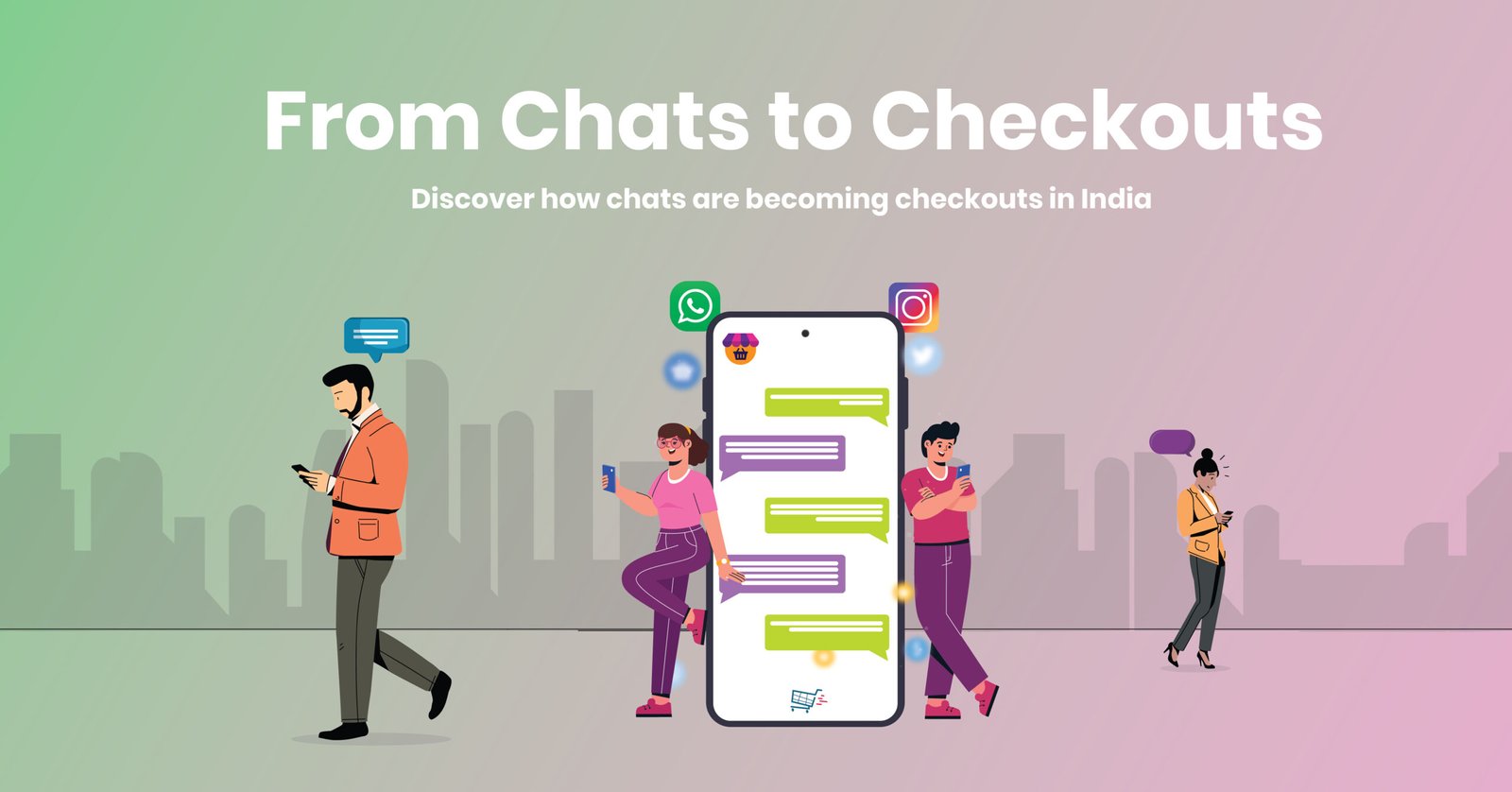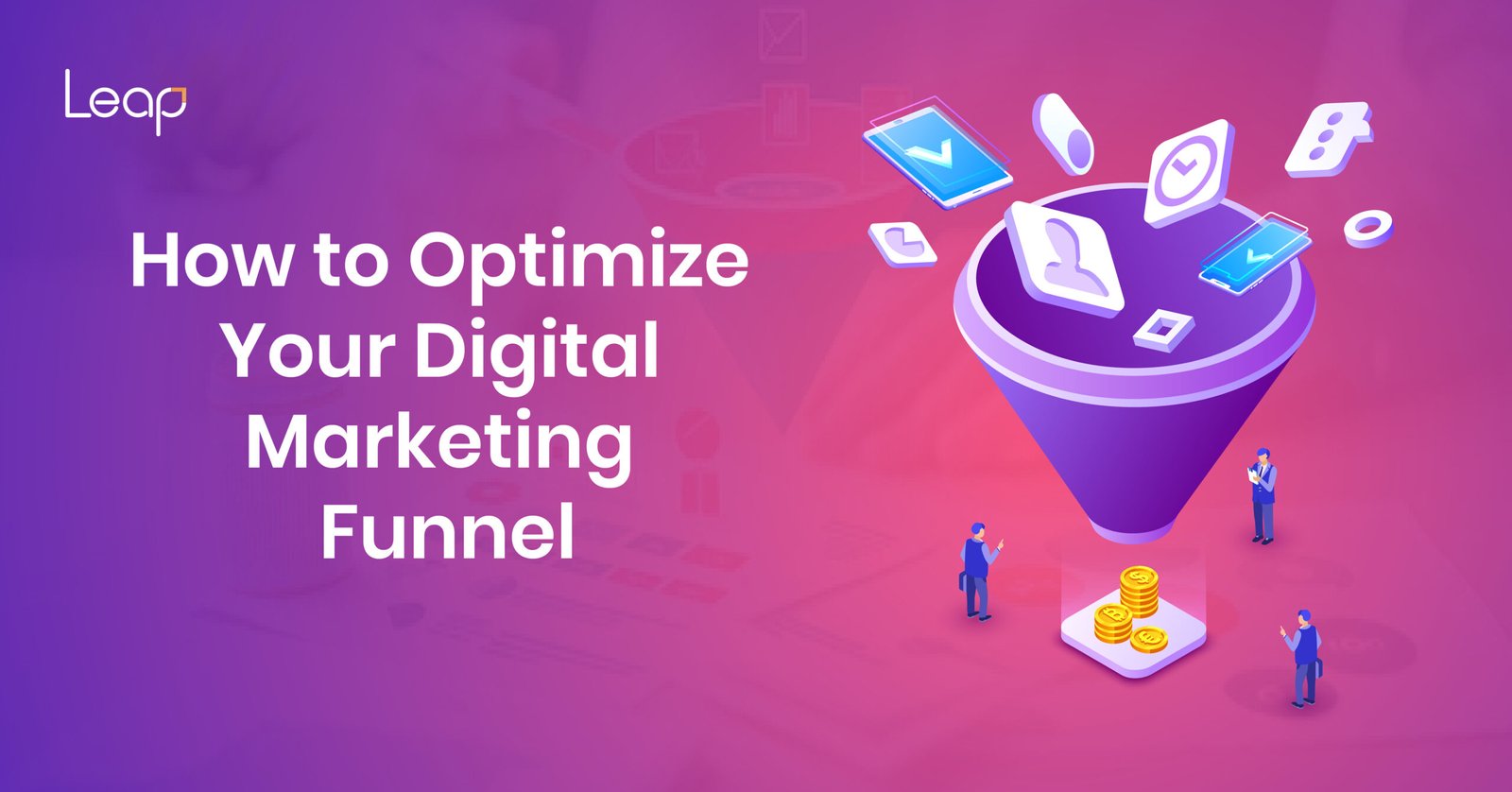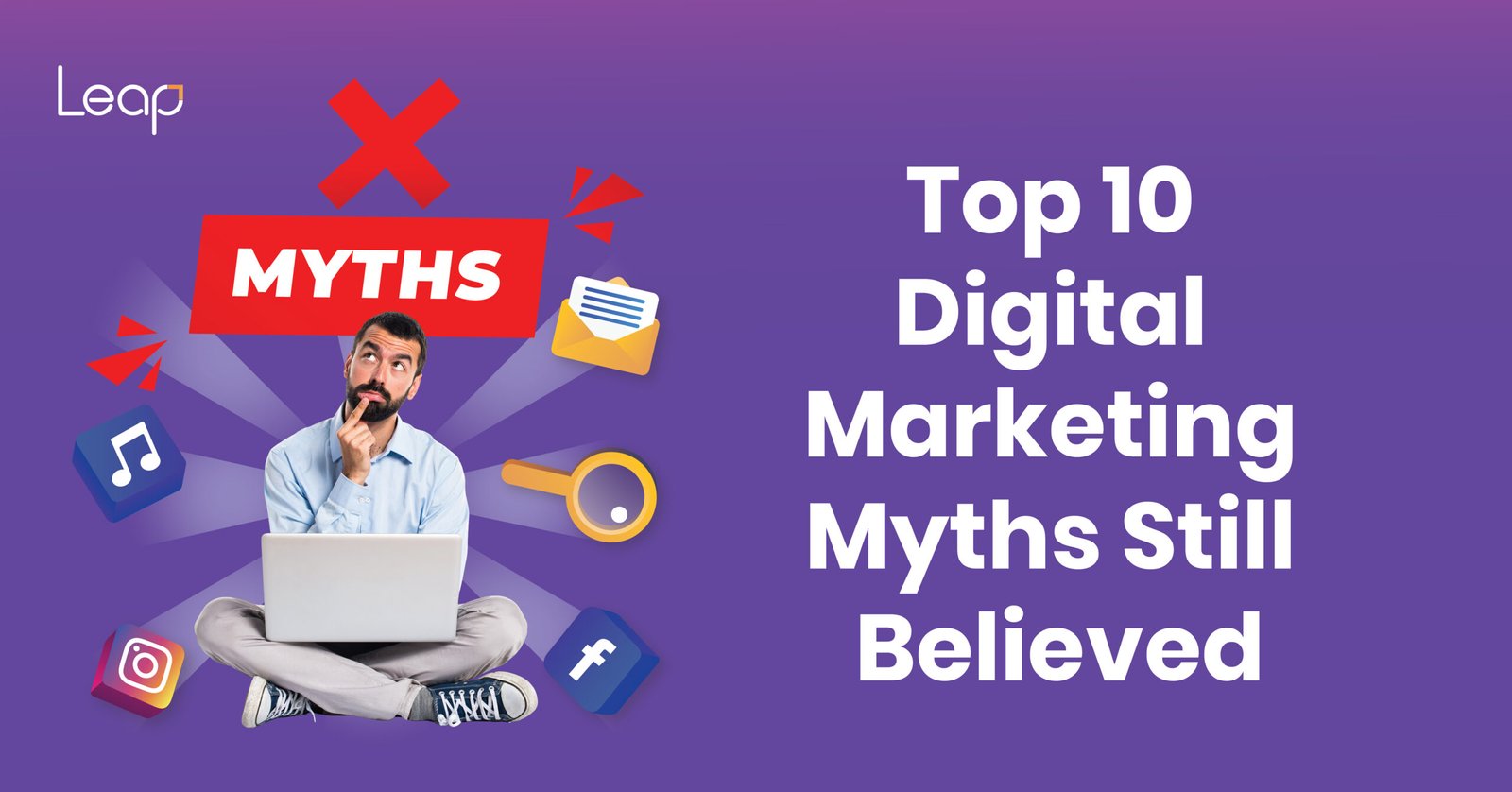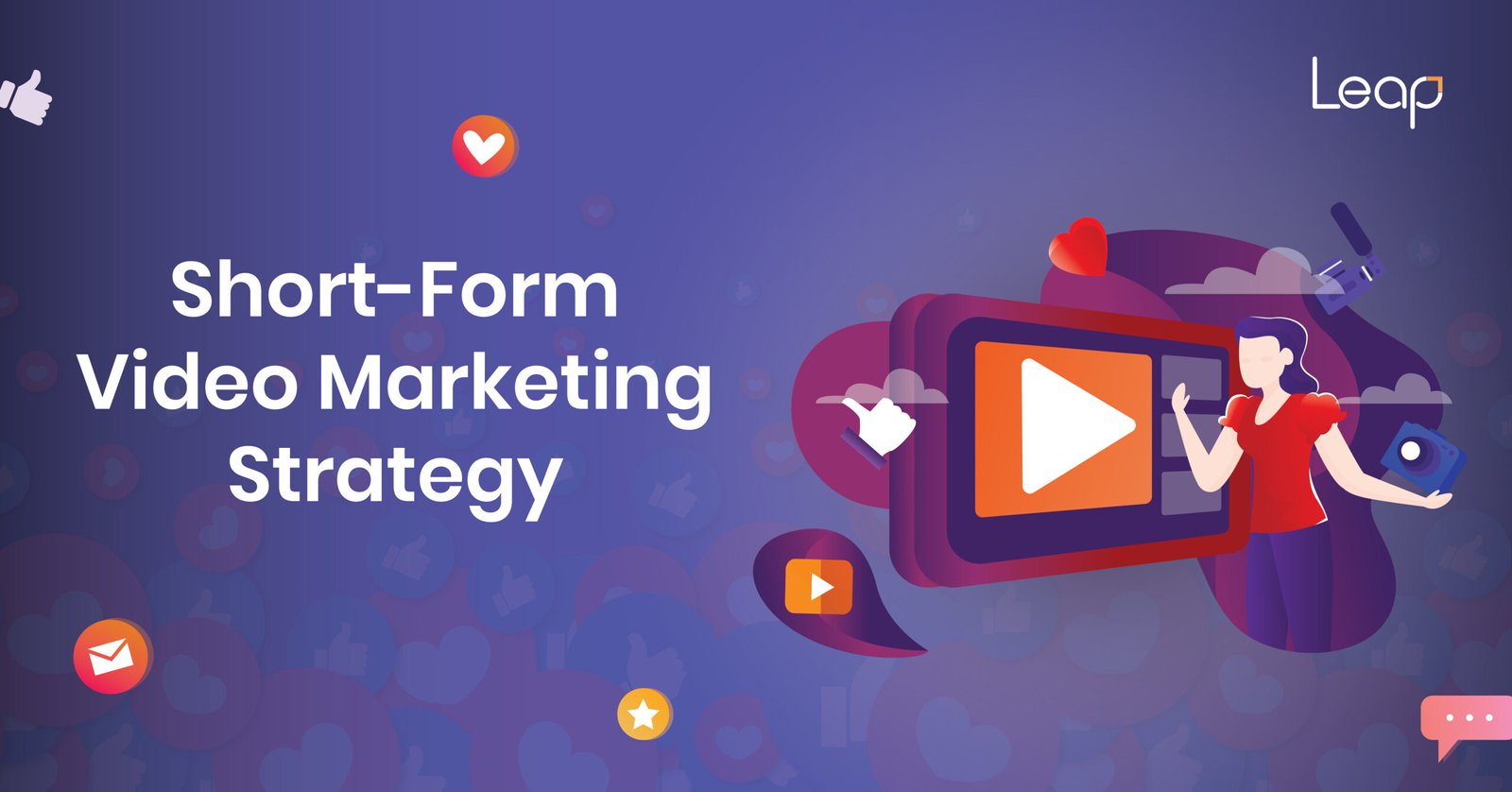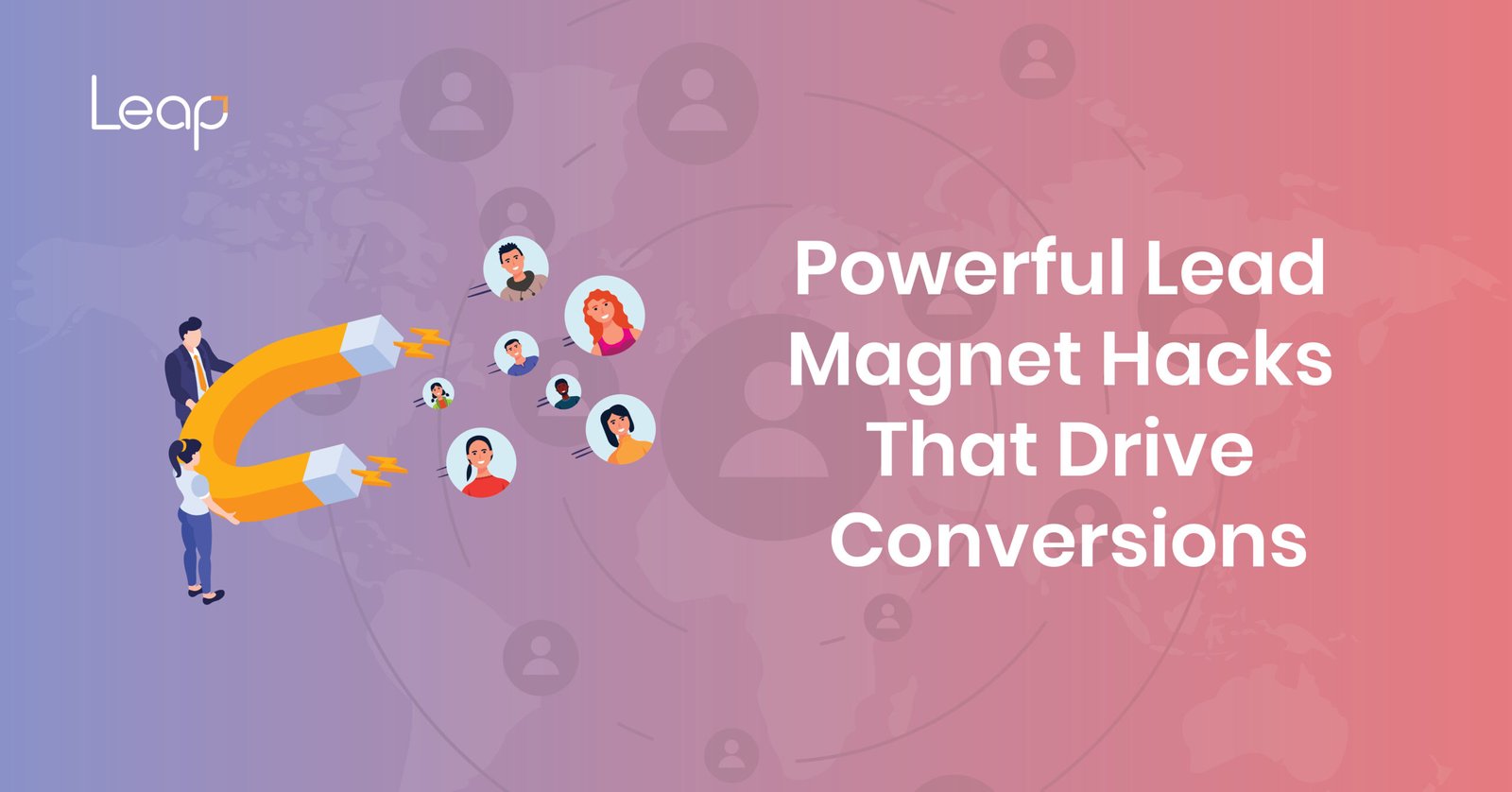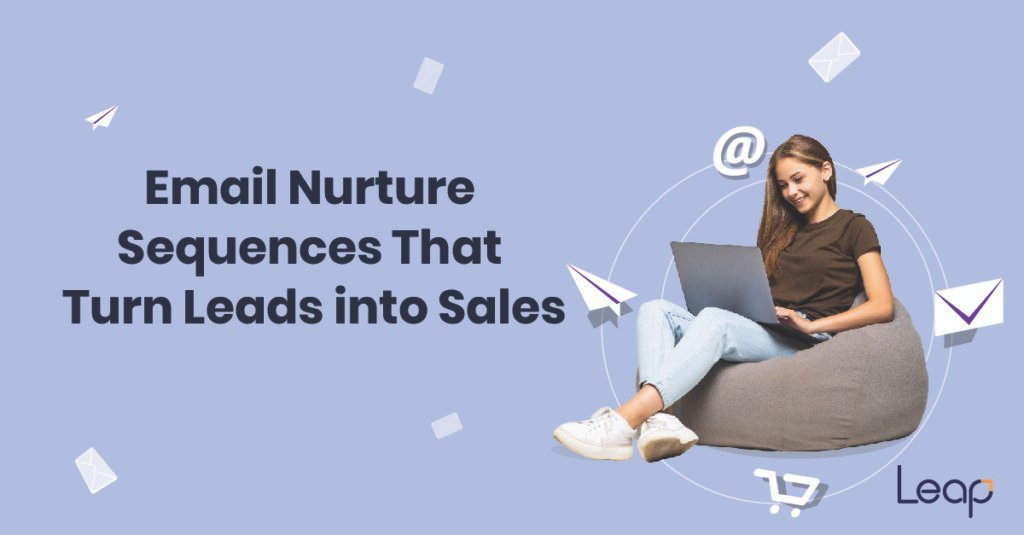
In today’s competitive digital landscape, converting leads into loyal customers is a critical goal for businesses. Email nurture sequences have emerged as a powerful tool in achieving this, guiding prospects through the sales funnel with personalized, timely, and engaging content. This article explores how to create email nurture sequences that drive lead conversion, offering actionable strategies, tools, and real-world examples to help businesses succeed. Whether you’re a seasoned marketer or just starting, mastering email marketing through nurture sequences can transform your digital marketing strategies.
Introduction to Email Nurture Sequences
What Are Email Nurture Sequences?
Email nurture sequences are a series of automated emails designed to build relationships with leads by delivering relevant content at strategic intervals. Unlike one-off email blasts, nurture sequences are carefully crafted to guide prospects from initial awareness to making a purchase decision. Each email in the sequence serves a specific purpose, such as educating, building trust, or prompting action, ultimately driving lead conversion.
Why Are Email Nurture Sequences Important?
Email nurture sequences are a cornerstone of effective digital marketing. According to industry studies, nurtured leads produce a 20% increase in sales opportunities compared to non-nurtured leads. By providing consistent, targeted communication, these sequences keep your brand top-of-mind, address pain points, and move prospects closer to conversion. For businesses looking to optimize their email marketing efforts, nurture sequences offer a scalable way to engage leads and boost revenue.
Components of an Effective Email Nurture Sequence
To create a nurture sequence that converts, you need to incorporate key elements that resonate with your audience. Below are the essential components of a successful email nurture sequence:
Personalization
Personalization goes beyond addressing the recipient by their first name. It involves tailoring content based on the lead’s behavior, preferences, and stage in the buyer’s journey. For example, a lead who downloaded a whitepaper might receive educational content, while someone who abandoned a cart could get a discount offer. Data shows that personalized emails deliver six times higher transaction rates, making this a critical component.
Timing and Frequency
Timing is everything in email nurture sequences. Sending emails too frequently can overwhelm leads, while infrequent emails may cause them to lose interest. A well-timed sequence aligns with the lead’s journey, delivering content when they’re most likely to engage. For instance, a welcome email should arrive immediately after sign-up, while follow-ups might be spaced 3–5 days apart.
Content Types
A successful nurture sequence includes a variety of email types to keep leads engaged. Common types include:
- Welcome Emails: Introduce your brand and set expectations for the sequence.
- Educational Emails: Share valuable content like blog posts, guides, or webinars to address pain points.
- Engagement Emails: Encourage interaction through surveys, quizzes, or social media prompts.
- Promotional Emails: Offer discounts or incentives to drive conversions.
- Re-engagement Emails: Target inactive leads to bring them back into the funnel.
By mixing these content types, you create a dynamic sequence that keeps leads interested and moving toward a purchase.
Creating a Successful Email Nurture Sequence
Designing an effective email nurture sequence requires careful planning and execution. Follow these steps to create a sequence that drives results:
Step 1: Define Your Goals
Start by identifying the objective of your nurture sequence. Are you aiming to onboard new subscribers, convert trial users, or re-engage dormant leads? Clear goals will guide your content and structure.
Step 2: Segment Your Audience
Audience segmentation is critical for delivering relevant content. Divide your leads based on demographics, behavior, or interests. For example, a B2B company might segment by industry, while an e-commerce brand could segment by purchase history. Tools like CRM platforms can help you analyze data and create targeted segments.
Step 3: Map the Buyer’s Journey
Understand the stages of your buyer’s journey—awareness, consideration, and decision—and align your emails accordingly. For example:
- Awareness Stage: Share educational content to build trust.
- Consideration Stage: Highlight case studies or product demos to showcase value.
Decision Stage: Offer incentives like free trials or discounts to prompt action.
Step 4: Craft Your Sequence
Design a series of 5–10 emails, each with a specific purpose. A sample sequence might look like this:
- Welcome email introducing your brand.
- Educational email with a helpful resource.
- Case study showcasing customer success.
- Promotional email with a limited-time offer.
- Follow-up email addressing objections or FAQs.
Step 5: Test and Launch
Before launching, test your sequence for deliverability, mobile responsiveness, and content clarity to ensure optimal performance. Use A/B testing to experiment with different subject lines or send times to optimize performance.
For expert guidance on crafting nurture sequences, visit Leap Marcom, a leading digital marketing agency specializing in tailored email marketing strategies.
Best Practices for Writing Email Content
Compelling email content is the backbone of a successful nurture sequence. Here are the best practices to ensure your emails resonate with your audience:
Craft Compelling Subject Lines
Your subject line is the first impression. Keep it concise, engaging, and relevant. For example, “Unlock 20% Off Your First Purchase!” or “Here’s How to Solve [Pain Point]” can drive opens. Use A/B testing to determine which subject lines perform best.
Write Engaging Body Text
The body of your email should be clear, concise, and value-driven. Use a conversational tone, address the reader’s pain points, and focus on benefits over features. Bullet points, short paragraphs, and visuals can improve readability.
Include Strong Calls to Action (CTAs)
Every email should have a clear CTA, such as “Shop Now,” “Download the Guide,” or “Schedule a Demo.” Make CTAs prominent with buttons or bold text, and ensure they align with the email’s goa
Leverage A/B Testing
Every email should have a clear CTA, such as “Shop Now,” “Download the Guide,” or “Schedule a Demo.” Make CTAs prominent with buttons or bold text, and ensure they align with the email’s goal.
Monitor Email Performance
Track key metrics (discussed later) to gauge the effectiveness of your emails. Use analytics to identify areas for improvement, such as reworking underperforming emails or adjusting send times.
Automation Tools and Software
Automation is essential for scaling email nurture sequences. Here are some popular tools to streamline your email marketing efforts:
Mailchimp
Mailchimp offers robust automation features, including pre-built nurture sequences and audience segmentation. Its user-friendly interface makes it ideal for small businesses.
HubSpot
HubSpot’s email marketing tools integrate with its CRM, allowing for advanced personalization and lead tracking. It’s a great choice for B2B companies with complex funnels.
ActiveCampaign
ActiveCampaign combines email automation with CRM and machine learning to deliver highly personalized sequences. It’s perfect for businesses focused on customer retention.
Klaviyo
Klaviyo is tailored for e-commerce, offering features like abandoned cart sequences and product recommendation emails. Its analytics help optimize conversion rates.
These tools enhance efficiency by automating repetitive tasks, tracking user behavior, and delivering personalized content at scale.
Measuring Success and Optimizing Campaigns
To ensure your email nurture sequences are effective, track key performance indicators (KPIs) and optimize based on data.
Key Performance Indicators (KPIs)
- Open Rate: Measures the percentage of recipients who open your email. A low open rate may indicate weak subject lines.
- Click-Through Rate (CTR): Tracks the percentage of recipients who click on links in your email. A high CTR suggests engaging content and strong CTAs.
- Conversion Rate: Measures the percentage of recipients who complete the desired action, such as making a purchase or filling out a form.
- Unsubscribe Rate: Indicates how many recipients opt out of your emails. A high rate may signal irrelevant content or excessive frequency.
- Revenue per Email: Tracks the revenue generated from each email, particularly useful for e-commerce campaigns.
Optimization Strategies
- Refine Segmentation: Use performance data to create more targeted segments.
- Adjust Timing: Experiment with send times to find when your audience is most responsive.
- Test New Content: Introduce new email types or formats based on what resonates with your audience.
- Reduce Unsubscribes: Analyze feedback from unsubscribers to improve content relevance.
By continuously monitoring and optimizing, you can maximize the impact of your email nurture sequences.
Case Studies and Real-Life Examples
Case Study 1: E-Commerce Brand Boosts Sales with Abandoned Cart Sequence
An online retailer implemented a three-email abandoned cart sequence:
- A reminder email is sent 1 hour after abandonment, offering a 10% discount.
- A follow-up email 24 hours later, showcasing customer reviews.
- A final email 48 hours later, emphasizing urgency with a countdown timer.
Result:
The sequence recovered 15% of abandoned carts, generating $50,000 in additional revenue over three months. Lesson: Urgency and incentives can drive conversions.
Case Study 2: B2B SaaS Company Increases Demos with Educational Sequence
A SaaS company created a nurture sequence for trial users:
- Welcome email with a video tutorial.
- Educational email sharing a case study.
- Invitation to a live demo with a personalized CTA.
Result:
Demo bookings increased by 25%, and trial-to-paid conversions rose by 10%. Lesson: Providing value through education builds trust and drives action.
These examples highlight the importance of tailoring content to the audience’s needs and using data to refine strategies.
Conclusion
Email nurture sequences are a game-changer for businesses looking to convert leads into sales. By combining personalization, strategic timing, and compelling content, you can guide prospects through the buyer’s journey and achieve higher conversion rates. Leveraging automation tools and tracking KPIs ensures your sequences remain effective and scalable. Start implementing these digital marketing strategies today to transform your email marketing efforts and drive measurable results. For expert support, partner with Leap Marcom to create nurture sequences that deliver.
A typical sequence includes 5–10 emails, depending on the complexity of the buyer’s journey and campaign goals.
Space emails 3–7 days apart to maintain engagement without overwhelming recipients. Adjust based on audience response.
Tools like Mailchimp, HubSpot, ActiveCampaign, and Klaviyo are excellent choices, depending on your business needs.
Track KPIs like open rate, click-through rate, conversion rate, and revenue per email to gauge performance.
Absolutely! Nurture sequences are scalable and effective for businesses of all sizes, helping small businesses build relationships and drive sales.


